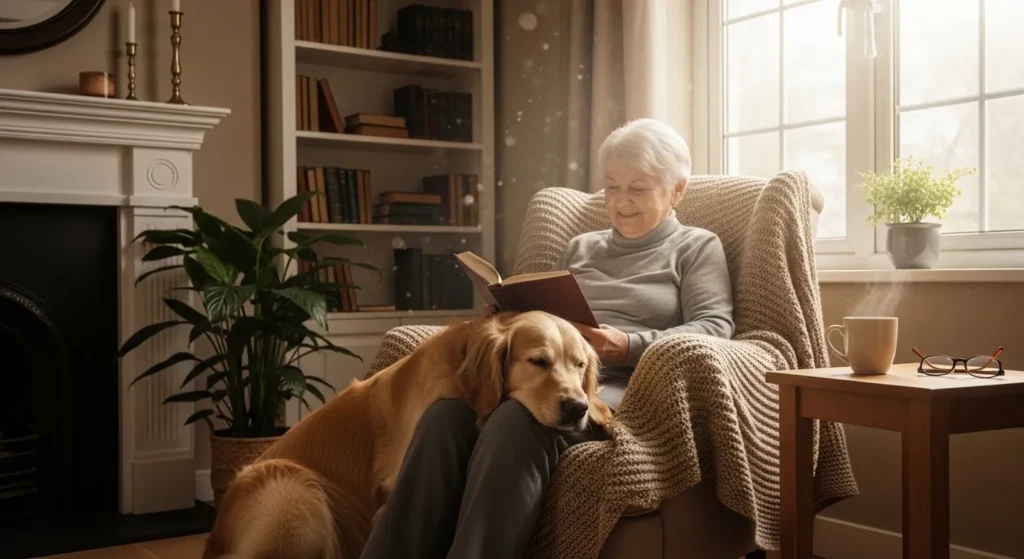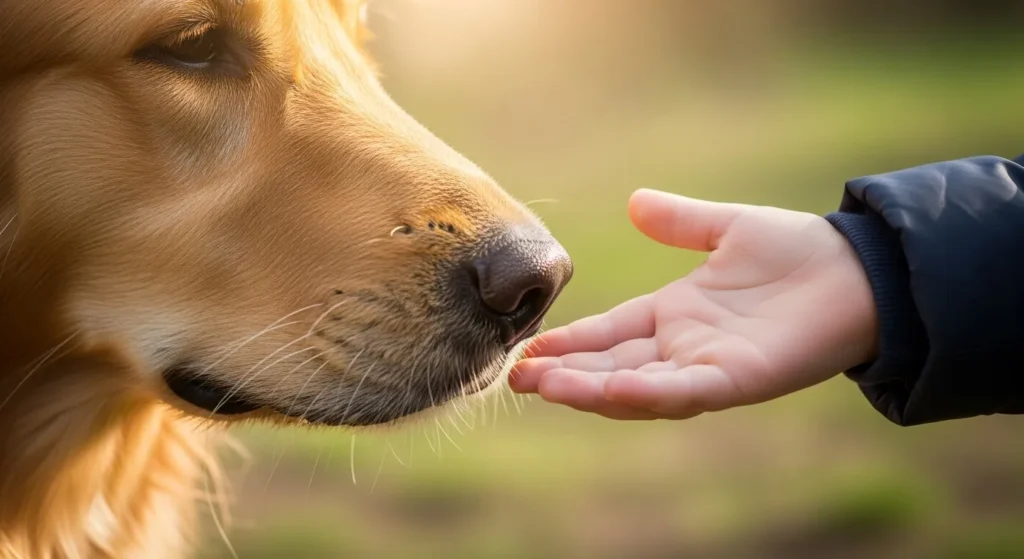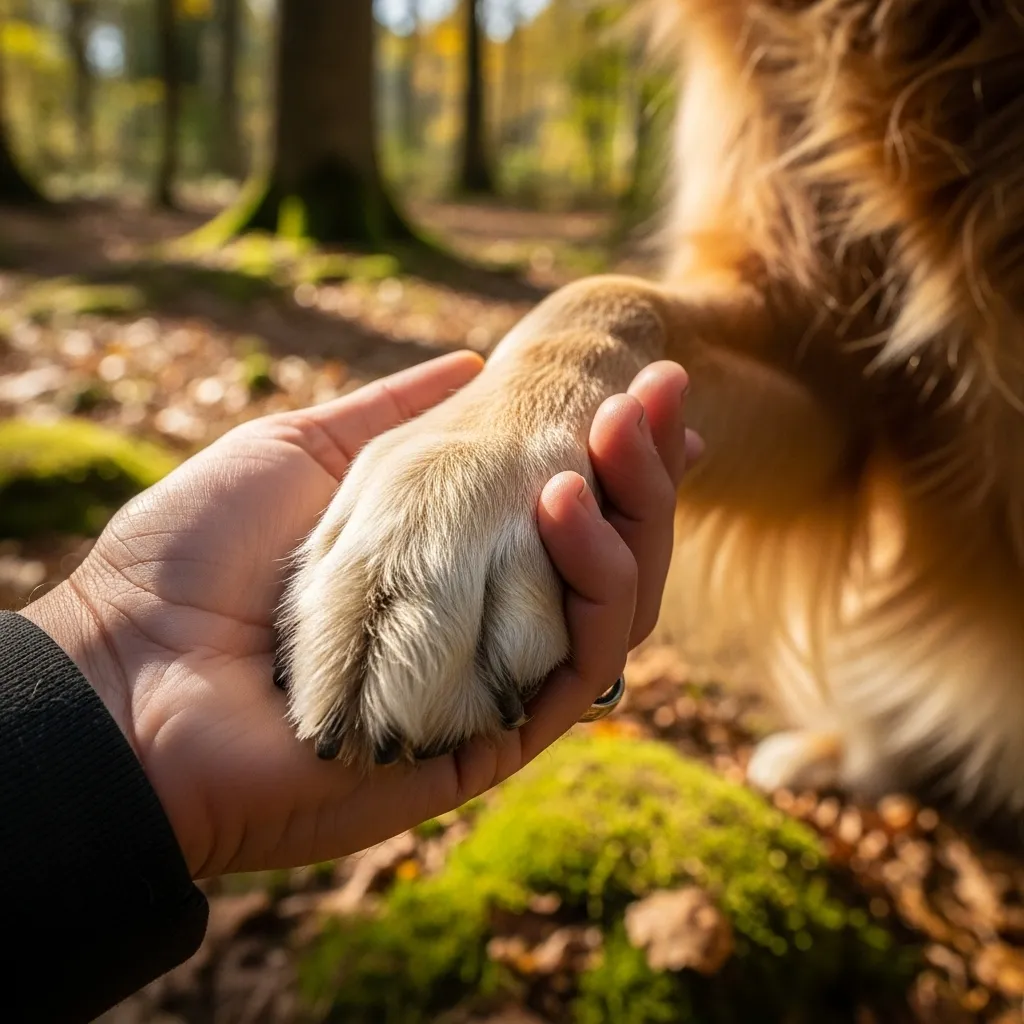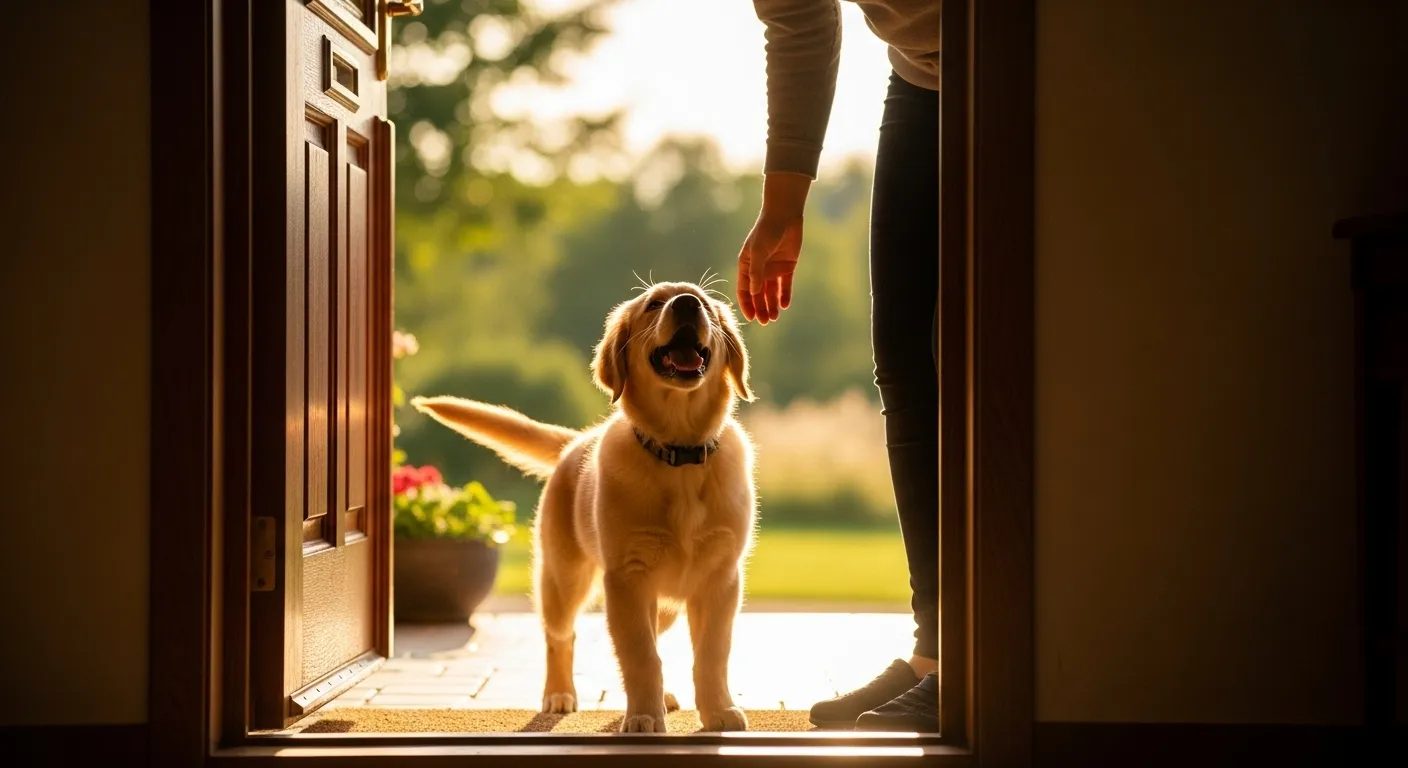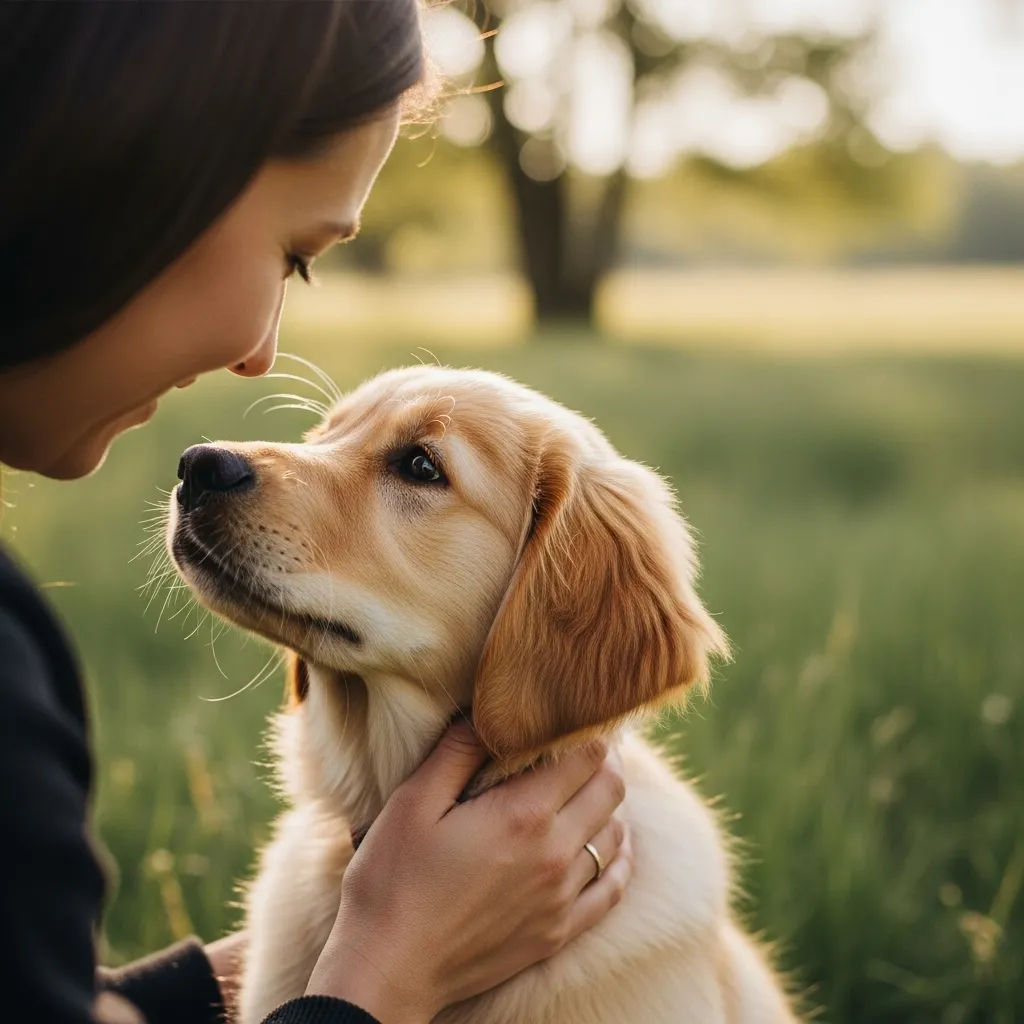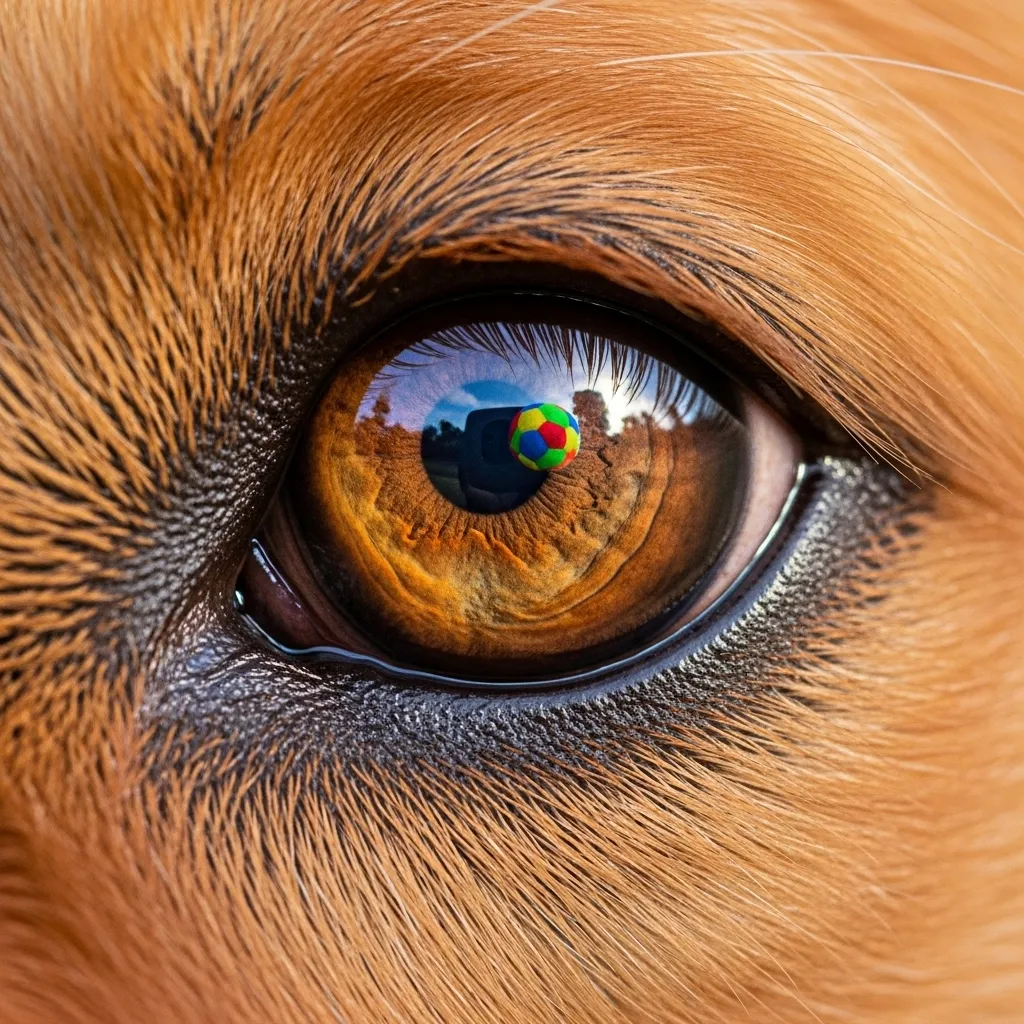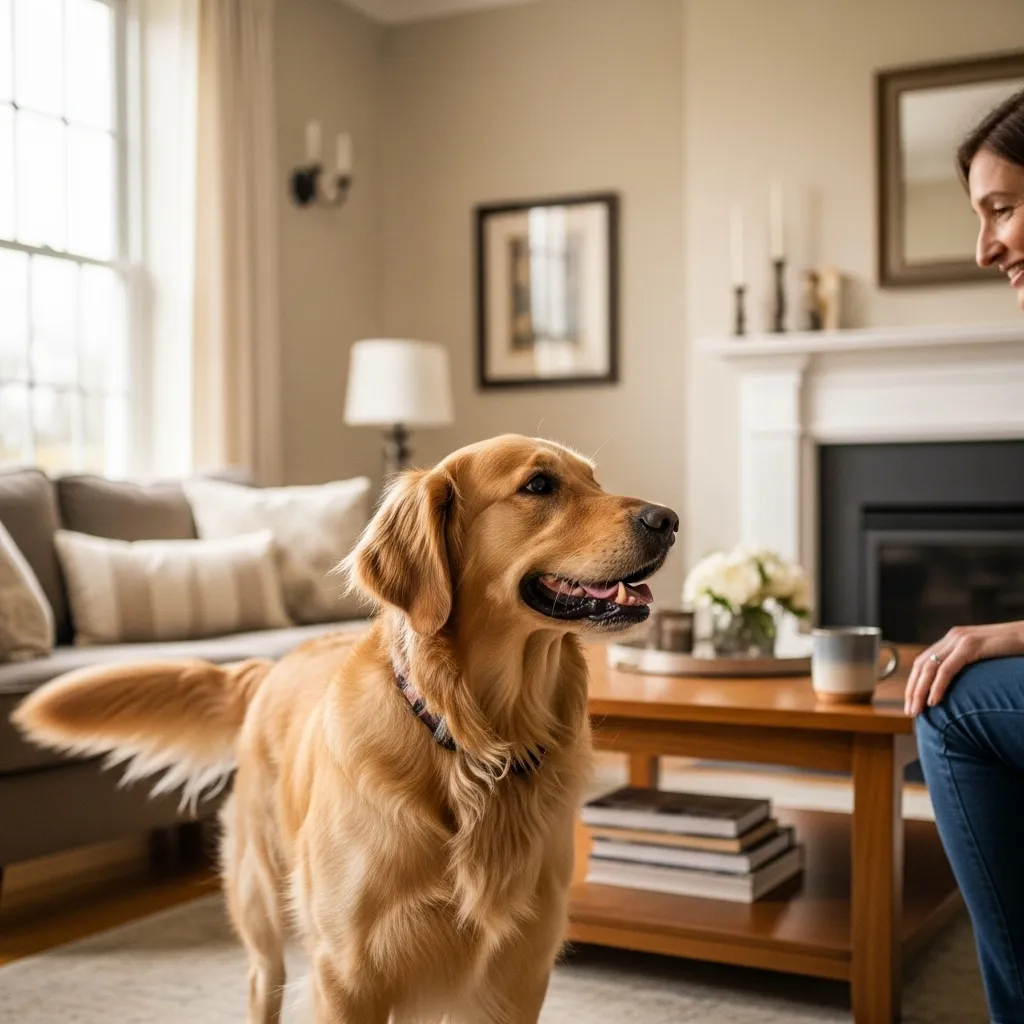Dogs enjoy eating. It frequently seems as if their main goal in life is getting food. Remember all the times they were making puppy-dog eyes at you from under the dining table? How about that time you opened a bag of chips and they were there right away?
It can be really upsetting when your dog won’t eat, regardless of how long you’ve had dogs as pets or whether you’ve just gotten your first puppy.
The method through which you measure your dog’s hunger should be kept in mind first. If you’re worried that your dog isn’t eating enough to meet the recommendations on the label of the food you buy, take into account that these are simply averages.
Many healthy canines consume only half or maybe a little more than half of the recommended portion sizes, and this is completely fine.
There are numerous reasons for a dog not to want to eat. To begin with, it’s important to note that appetite loss is among the most frequent signs of illness. As a result, if your dog hasn’t eaten in 24 hours, it’s recommended that you contact your vet, particularly when there are any extra alarming symptoms like vomiting or lethargy.

